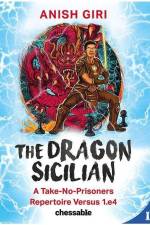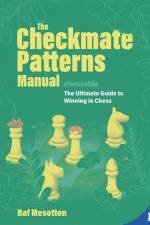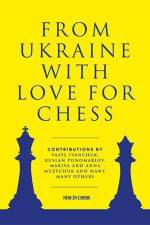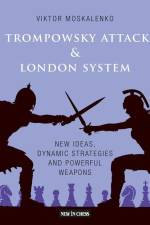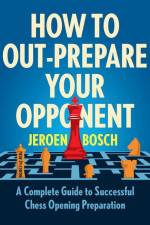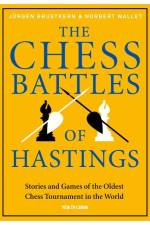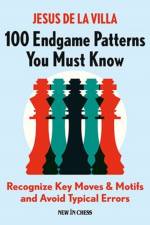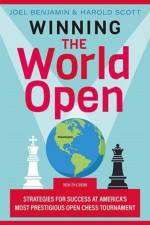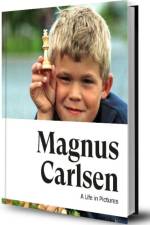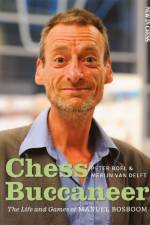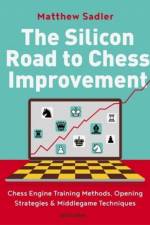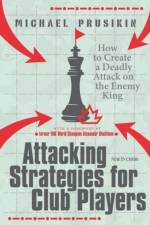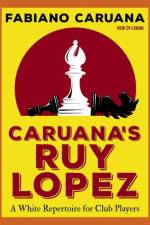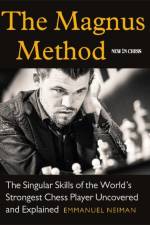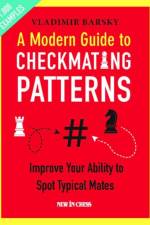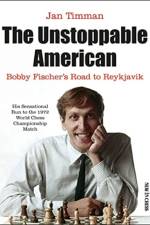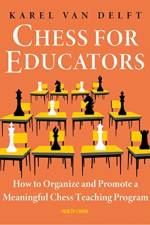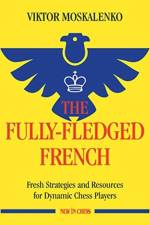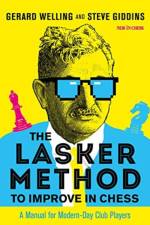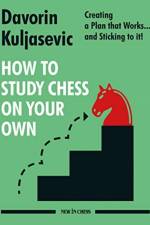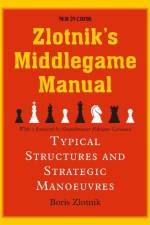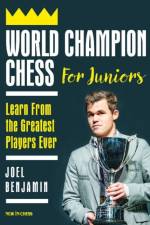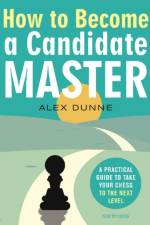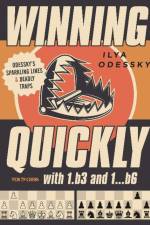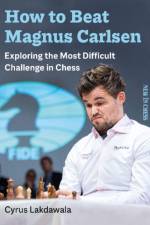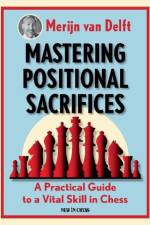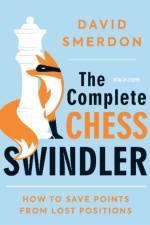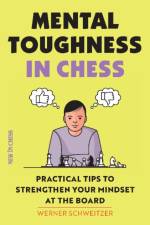av Matthew Sadler
381
';How can I learn from AlphaZero's games, aren't they too advanced for me?' many club players asked Matthew Sadler after reading his and Natasha Regan's groundbreaking Game Changer. Here is the answer: you may not be able to replicate their dazzling deep calculations, but every chess player, from club level up, can improve their game by using engines. You will probably be surprised, there is so much more your engine can do for you than just checking and calculating variations!In this thought-provoking new book, based on many years of working with the world's best chess software, Sadler presents a unique set of methods to work out using your engine. He shows how in your opening preparation, instead of sifting through masses of computer analysis you should play matches against your engine. He also explains how to train your early middlegame play, the conversion of advantages, your positional play, and your defence. And of course: how to analyse your own games.These generic training methods Sadler supplements with concrete middlegame and opening tools. He explains how the top engines tackle crucial middlegame themes such as entrenched pieces, whole board play, ';attacking rhythm', exchanging pieces, the march of the Rook's pawn, queen versus pieces, and many others. He also opens your eyes to typical scenarios that the engines found and fine-tuned in popular openings such as the King's Indian, the Grunfeld, the Slav, the French and the Sicilian.Sadler illustrates his lessons with a collection of fantastic games, explained with his trademark enthusiasm. For the first time the superhuman powers of the chess engine have been decoded to the benefit of all players, in a rich and highly instructive book.

